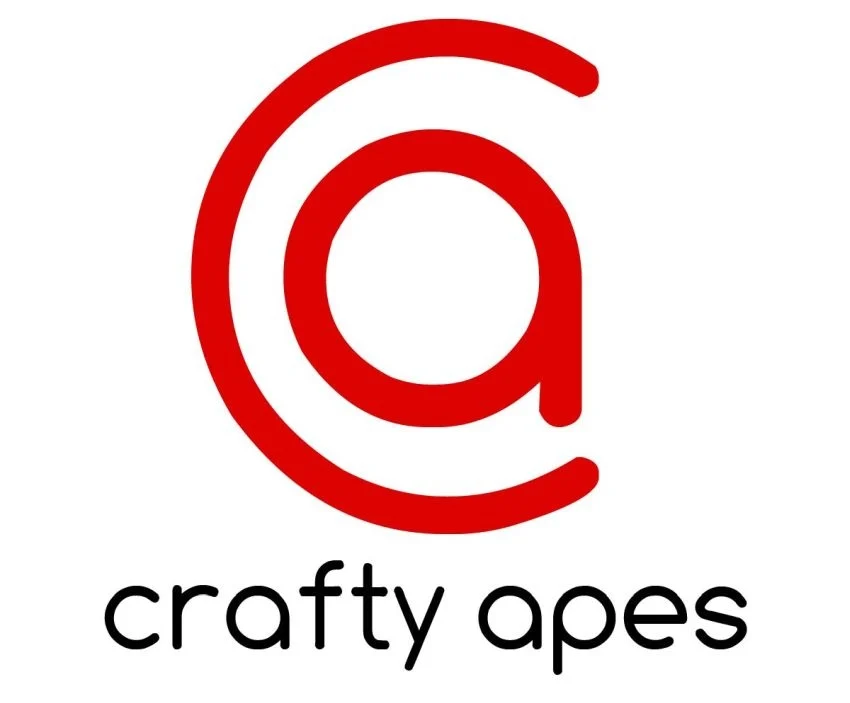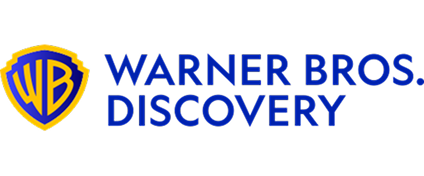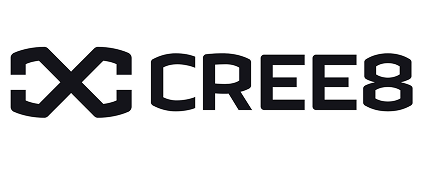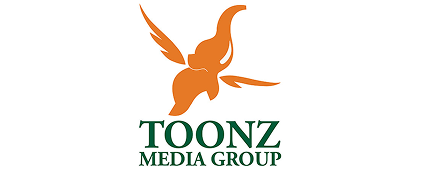The Ultimate Guide to Sourcing Film Production Services
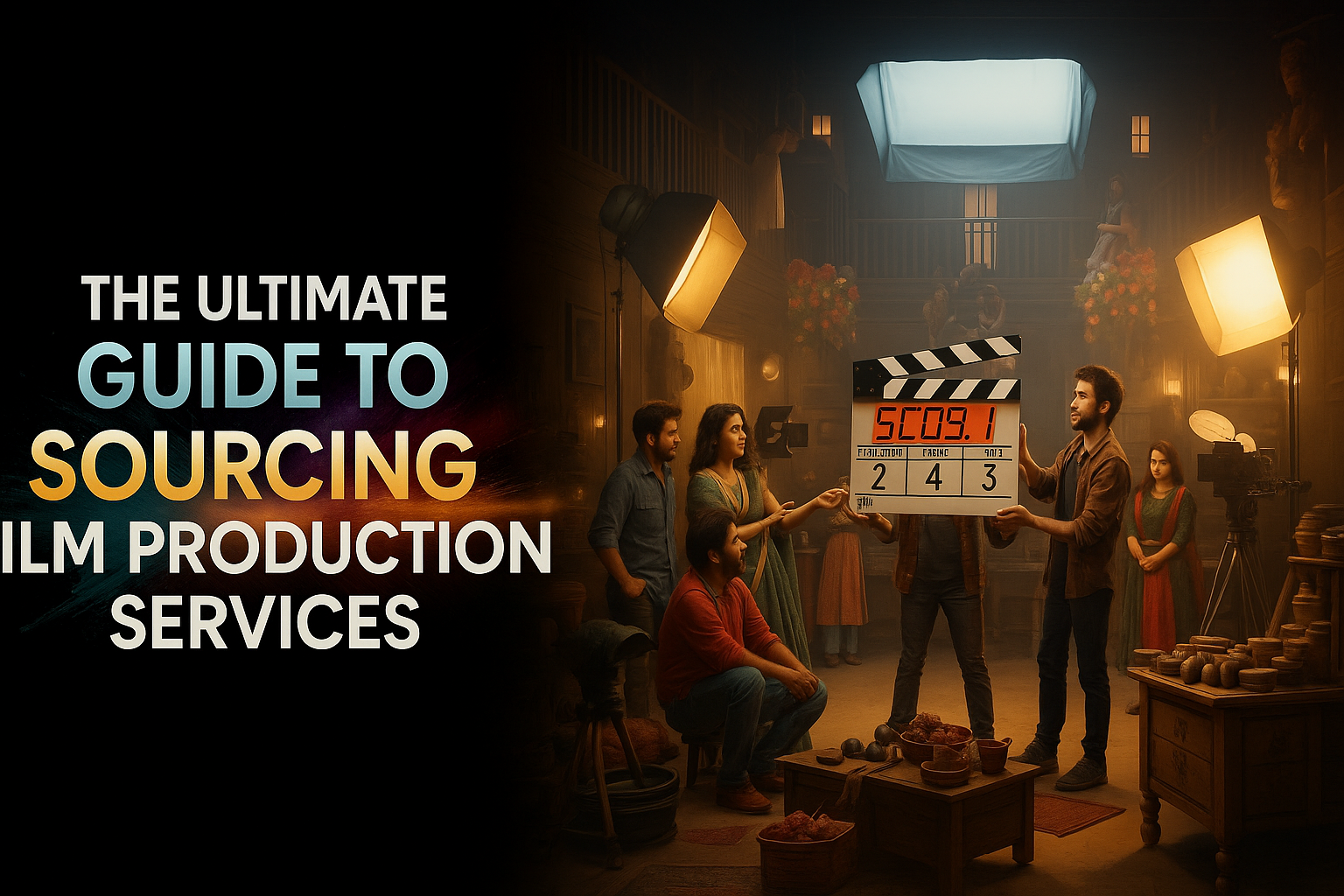
Introduction
As an executive in the media and entertainment (M&E) sector, you understand that a film or series is only as strong as its supply chain. The process of sourcing film production services—from pre-production budgeting to post-production visual effects—is a high-stakes strategic exercise. Choosing the wrong vendor can lead to budget overruns, timeline delays, and a compromised final product. What this data tells us is that relying on outdated directories or word-of-mouth is no longer a viable strategy in a globalized industry. This guide provides a strategic, data-driven framework for navigating this complex landscape.
The insights are powered by analysis of the global entertainment supply chain, showing you how a platform like Vitrina provides the clarity needed to forge successful, reliable vendor relationships. By the end of this article, you will have a clear methodology for identifying and qualifying partners, transforming a process once based on instinct into a strategic, data-backed discipline.
This article addresses the B2B challenges of sourcing film production services. We are focusing on the professional and strategic process of finding and vetting service providers, such as production houses, VFX studios, and localization vendors. Vitrina is an intelligence platform for industry professionals; it is not a consumer-facing database like IMDb, nor does it provide audience data, reviews, or offer content for streaming.
Key Takeaways
| Topic | Description |
|---|---|
| Core Challenge | The primary obstacle in sourcing film production services is the difficulty of discovering and qualifying international vendors due to fragmented and unreliable data. |
| Strategic Solution | A systematic, data-driven framework is essential to de-risk vendor selection, focusing on verified project history, service specialization, and verified contact information. |
| Vitrina Relevance | Vitrina’s platform directly addresses this challenge by providing verified data on over 80,000 production companies, 15,000 post-service vendors, and 3 million executives globally. |
| Key Benefit | Strategic vendor selectionprovidesaccess to specialized expertise, new markets, and a resilient supply chain for your entire content slate. |
The Strategic Role of Film Production Services
At its core, a film production service is a specialized vendor that provides the technical, creative, or logistical resources required to produce a film or television series. This can range from script-to-screen services offered by a full-service production company to highly specialized post-production work like visual effects (VFX) or sound design. For you as an executive, these vendors are not just hired hands; they are critical partners who can significantly influence a project’s budget, timeline, and creative integrity.
As the M&E landscape has become increasingly global, the ability to find and partner with these services across different continents has become a core business competency. My analysis of this market shows that the most successful studios treat their vendor relationships as strategic, long-term investments rather than one-off transactions.
In a world where content consumption is global, a service vendor in one region can provide a decisive competitive advantage. For example, a localization vendor in Europe may be able to provide dubbing and subtitling services for a new market entry, or a VFX studio in Asia may offer a particular specialization that is unavailable domestically. This is why a global perspective on your vendor pipeline is no longer optional. It is essential for managing costs and maintaining a flexible production schedule.
Explore Verified Service Providers on Vitrina

The High-Stakes Risks in a Fragmented Market
While the benefits of global sourcing are clear, the process of finding a reliable partner is fraught with risk. The industry remains highly fragmented, with countless small-to-medium-sized players lacking a centralized, verified presence. This leaves you and your team to rely on outdated lists, trade show contacts, or word-of-mouth recommendations, which can be both inefficient and unreliable.
The key pain points you face include a lack of visibility into emerging and niche markets, difficulty in contacting the actual decision-makers, and the sheer manual effort required to build a pipeline of potential partners. A bad choice doesn’t just jeopardize one project; it can lead to budget overruns, legal entanglements, and reputational damage that impacts your entire content slate.
Without a centralized, verified source of information, your team spends valuable resources on inefficient manual research. This process is time-consuming and often yields incomplete or inaccurate data. The consequence is a missed opportunity for a critical partnership or a bad deal that costs millions in the long run. My research indicates that a systematic, data-driven approach is the only way to de-risk this process and ensure you are making informed, strategic decisions. Relying on fragmented data from disparate sources is a significant business liability that can no longer be ignored.
A Data-Driven Framework for Sourcing Production Services
To move from guesswork to a repeatable strategy, you need a systematic framework. This approach allows you to efficiently discover, vet, and engage with the right production services. Here’s how a strategic framework can be implemented.
Step 1: Define Your Service & Project Metadata
Before you begin your search, you must clearly define your project’s specific needs. This involves more than just a genre or budget. You must identify the precise services you require—such as VFX for an animated feature, dubbing for a foreign series, or on-location production support in a specific country. A sophisticated search relies on robust metadata, allowing you to filter potential partners by their specialization, region, and previous projects. This initial step transforms a vague request into a highly targeted search query, ensuring you find the right vendor from the start.
Step 2: Discover and Profile Global Vendors
Once your metadata is defined, the next step is discovery. A manual search across various websites and databases is not scalable. A centralized intelligence platform is critical here. Instead of spending weeks on manual research, you can use a global search to filter over 80,000 production companies and 15,000 post-service vendors to identify those with a proven track record in your specific genre or service vertical. Access to deep company profiles that include their service scope, reputation indicators, and past client histories is essential for building a qualified shortlist. My analysis shows that companies that leverage a platform for this step reduce their discovery time from weeks to a matter of minutes.
Access Deep Company Profiles & Case Studies

Step 3: Vet & Initiate Outreach
With a qualified shortlist in hand, you must now vet your potential partners. This is where verified, data-backed insights are invaluable. You need to confirm their financial stability, assess their past projects, and, most importantly, connect with the right decision-makers. My research on business development pipelines shows that the greatest friction point is often gaining access to the key financiers or executive producers who can make decisions. An intelligence platform with a database of over 3 million executive profiles, including verified contact details, allows you to bypass gatekeepers and initiate direct, targeted outreach. This final step ensures you are not only finding the right partners but are also building a robust, resilient business pipeline.
How Vitrina’s Intelligence Platform Helps
Vitrina’s platform is engineered to directly solve the challenges outlined in this framework. It acts as a force multiplier for your team, transforming a laborious, high-risk process into a streamlined, strategic function. By centralizing global, real-time data on the M&E supply chain, Vitrina enables you to make informed decisions and build a pipeline of hyper-qualified partners. Here is a breakdown of how the platform assists you in each phase of your workflow:
- Discover Global Partners at Scale: Instantly search and filter over 80,000 production companies, 15,000 post-service vendors, and 1,000 localization specialists across more than 100 countries to find partners that match your exact needs.
- De-Risk Vendor Selection: Access deep company profiles that include service scope, reputation indicators, and past client histories to thoroughly vet potential collaborators before the first call.
- Access Key Decision-Makers: Bypass gatekeepers with a database of over 3 million executive profiles, including verified contact details for producers, financiers, and department heads.
- Track Competitor Activity: Gain a competitive edge by monitoring projects financed by competitors and identifying emerging players in your key markets.
Conclusion
In the global M&E landscape, the successful sourcing of film production services is no longer a matter of chance; it’s a matter of superior intelligence. The risks associated with choosing the wrong partner are too high to rely on outdated, manual methods. A systematic, data-driven approach to discovery and vetting is the new professional standard for executives who are serious about building a resilient and competitive content pipeline.
By embracing this framework, you shift your resources from tedious manual research to high-value strategic analysis. Empowering your team with a dedicated intelligence platform like Vitrina is the most direct way to de-risk these critical decisions, ensuring your vendor relationships are built on a foundation of trust and verified data. Ultimately, a successful vendor partnership is a force multiplier for your business. The right collaboration can define a project’s success and unlock future opportunities, ensuring your content pipeline remains robust and globally competitive for years to come.
Frequently Asked Questions
What are the main types of film production services?
The main services are typically categorized into pre-production (e.g., budgeting, casting), production (e.g., crew, location scouting, equipment), and post-production (e.g., editing, sound design, visual effects). Other specialized services include localization, dubbing, and distribution.
Production refers to all the activities that take place while the film or series is being shot, such as on-set crew management and cinematography. Post-production refers to everything that happens after the shoot is complete, including editing, sound mixing, color grading, and adding visual effects.
You choose the right company by applying a strategic framework that involves defining your needs with specific metadata, using a centralized platform to discover and profile potential vendors, and vetting their track record and key executives with verified data before initiating contact.
While co-production is a partnership, it is distinct from a traditional service vendor. A co-production is a strategic alliance where two or more companies share the financing, production, and distribution, whereas a service provider is a paid vendor offering specific services (e.g., visual effects, sound) to a client.
























